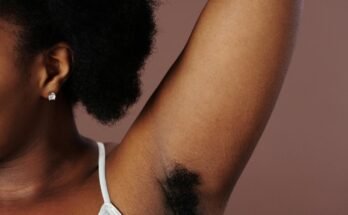hair care to develop strong, healthy, and beautiful hair, you will need to have a personalised hair care routine that is specific to you! Just like your skin care regimen, a proper hair care regimen is unique to you because not only will you have a different hair type than someone else, you will have a different lifestyle and potential problems that will impact your hair.
Whether you have blonde hair that is dry, frizzy, or broken, or just want to maintain nice healthy hair, having a regimented hair care routine will keep hair care
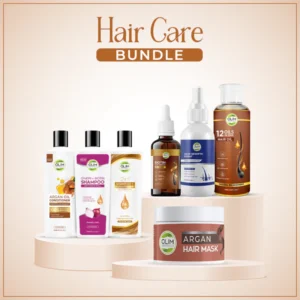
What Are the Essential 8 Steps to Build My Ideal Hair Care Routine?
Table of Contents
1. Learn your hair type and texture

The very first and most important step to this process is learning about your hair type. Are you straight, wavy, curly, or coily? Is your hair fine, medium, or thick? The texture of your hair will determine which products you may need and how often you use the products. For example, if you have curly or coily hair, you probably need more moisture and fewer gentle products.
If you have fine, straight hair, you may need lighter products to keep your hair from feeling heavy. You will also want to consider the condition of your scalp. Do you have dry, oily, or balanced scalp? This will depend on how often you wash your hair, and which shampoos/treatments, will work best for you.
2. Pick the Right Shampoo and Conditioner

The best shampoo and conditioner are the first step in your hair care routine. Think about using formulas that are appropriate for your hair type and that address your main issues. For example:
- Dry and damaged hair: Use a hydrating shampoo or a damage-repairing shampoo that contains hydration ingredients such as keratin, argan oil, or shea butter.
- Oily scalp: Use clarifying shampoos, but these are best for build-up removal without harsh drying.
- Color-treated hair: Use a sulfate-free, color-safe formulas to maintain your color.
When conditioning, don’t forget to focus on the mid-lengths to ends of your hair since that is typically where most of the damage and dryness typically occurs.
3. Find Your Wash Schedule
Washing hair too many times can strip your natural oil, and washing too little can cause build-up and irritation. The amount of time between washes is based on hair type and lifestyle. Generally, you might wash your hair:
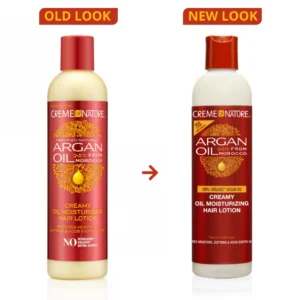
- Oily hair or oily scalp: Every 1–2 days.
- Normal hair: Every 2–3 days.
- Dry or curly hair: Every 4–7 days (or less).
Pay attention to what your hair needs, and adjust your schedule accordingly.
4. Add Deep Conditioning and Treatments
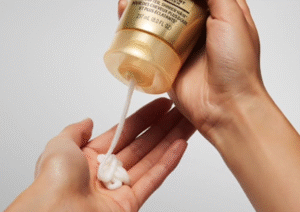
Since you are developing a hair care regimen, incorporate deep conditioning or hair masks every week. Deep conditioning masks and treatments are generally heavier and can penetrate deeper than the regular conditioner you use in the shower.
It can help repair, hydrate, or strengthen your hair. You want to look for the best deep conditioner depending on what your hair needs, look for ingredients like different types of oils (coconut and argon), honey, protein, and vitamins.
If you continuously focus on issues like breakage or split ends then you might want to consider a protein treatment about every 1-2 months.
5. Leave-In Products and Heat Protection
Leave-in conditioners, leave-in serums, and detanglers can also help protect your hair and add an extra layer of moisture. For instance, leave-in products are very useful in tackling frizz.
added shine to your hair, or simply making your hair more manageable throughout the day. If you use heat styling tools like flat irons, a curling wand, or blow dryer you will want to always apply a heat protectant spray or cream.
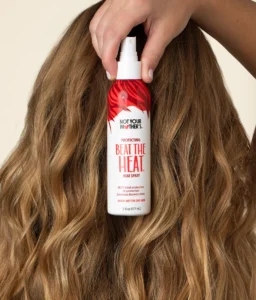
6. Reduce Damaging Heat and Chemicals
It’s fun to style your hair, but if you heat treat your hair too often (like hair coloring, perming, or relaxing) you can weaken the strands. Consider these options:
- Keep your hair loose and air dry to the extent that you can.
- If you must apply heat then do it at the lowest heat that will do the job.
- Avoid chemical treatments unless you can space them out and use the less damaging treatments that may be available.
When you can allow your hair to recover for long stretches between stressors it can help keep your hair healthier in the long run.
7. Schedule a Regular
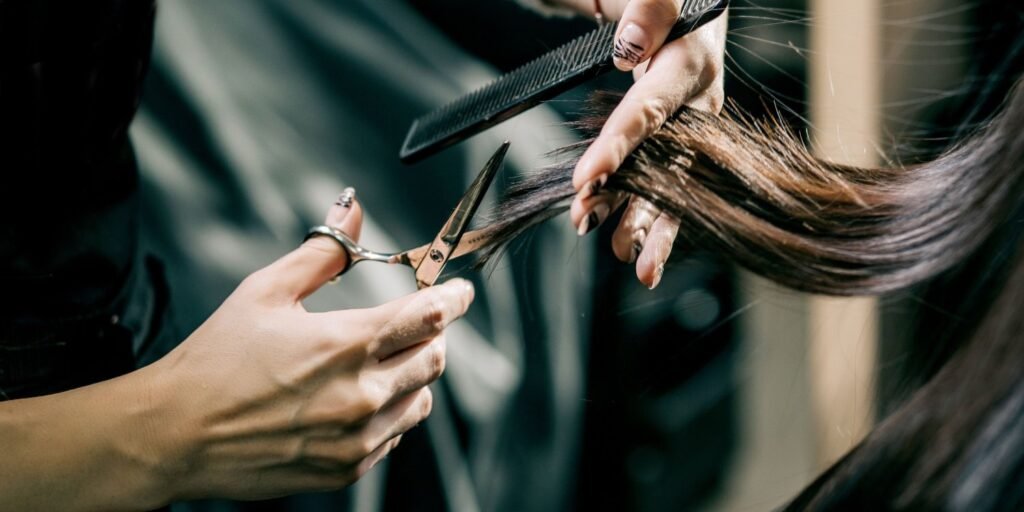
Haircut Regular trimming helps to remove split ends and maintain best practices for split ends you would find nearly impossible to manage. Even if you’re growing your hair out, you should still have a haircut every 6-8 weeks.
It will keep your ends fresh and help minimize breaks and will ultimately help your hair look better.
8. Be Aware of your Diet and Lifestyle

Good looking hair starts from inside out. When you choose a balanced diet that is rich in vitamins and minerals where biotin, zinc, iron, and omega-3 fatty acids dominate, you are on track for healthy hair. Never forget, hydration, stress management, and sleep also contribute positively or negatively to the overall health of your hair.
Final Thoughts
When developing your perfect hair care routine, first it is important to recognize and listen to your hair’s individual needs. Furthermore, hair thrives when it is nurtured consistently and intentionally. Start with the basics: cleansing, conditioning, and protecting; and build on those foundations of care with additional deep treatments, trims, specialty products, and healthy hair habits. Your hair can ultimately become one of your biggest beauty assets with time and a consistent routine.




